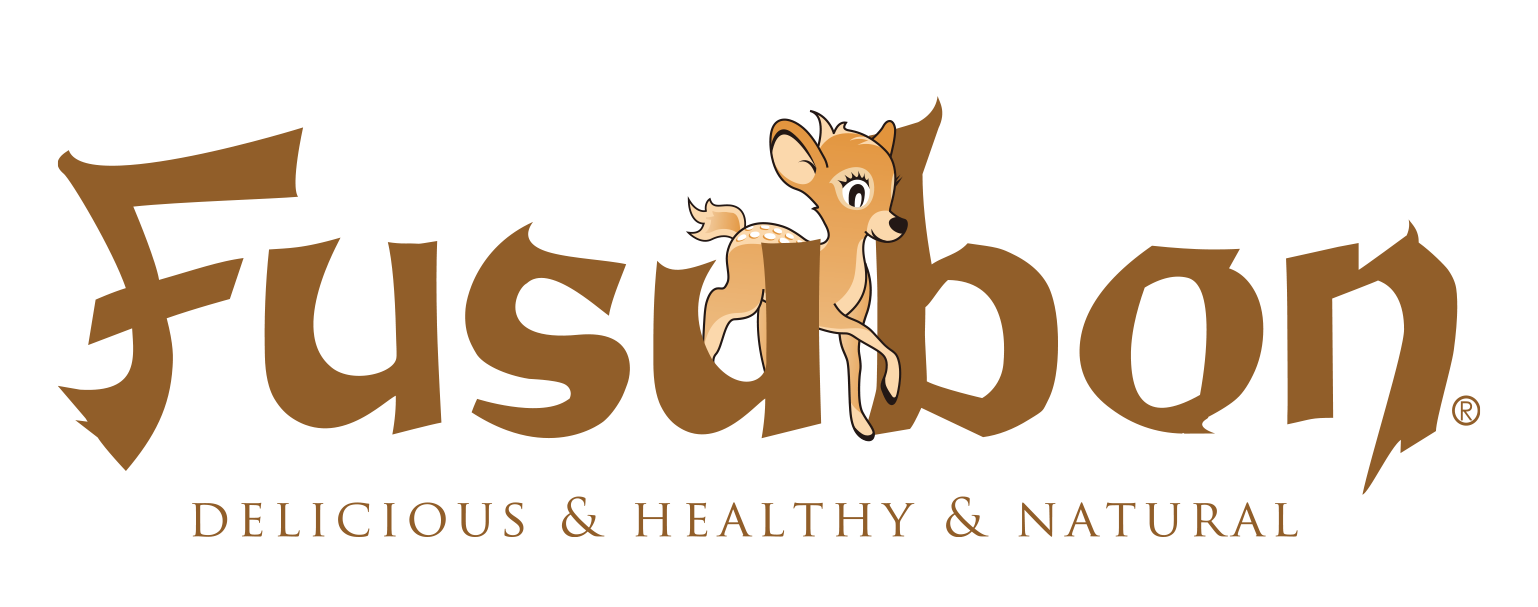Hello! I'm the owner of Fusubon.
Today, we will explain the differences between soy flour, okara powder, and kinako.
They are all soy flours, but which one is more nutritious? What are the differences in their manufacturing methods? How can you use them? We will answer such questions.
Along the way, when explaining how to make okara, we will also briefly touch on how to make soy milk.
First, let's start with soy flour.
What is soy flour?
 What is soy flour?
What is soy flour?
Soy flour is made by crushing raw soybeans with their skins still on into powder . Next, let's look at the nutritional components of soybeans.
Nutritional content of soybeans
Compared to wheat and other crops, soybeans have less carbohydrates and are rich in protein, dietary fiber, calcium, and soy isoflavones.It contains about 1/6 the carbohydrates of wheat flour, 16 times the calcium, 12 times the zinc, 15 times the iron, and 6 times the vitamin B1.
<Nutrition information per 100g of beans/soybeans/[whole grain/whole grain products]/whole grain/domestic/yellow soybeans/dried>
Carbohydrates 8.0g, Energy 422kcal, Protein 33.8g, Dietary Fiber 21.5g, Fat 19.7g, Sodium 1mgSince it is simply crushed raw soybeans, the nutritional components of soy flour can be considered to be the same as those of soybeans.Cited from the Standard Tables of Food Composition in Japan 2015 Edition (7th Edition)
Characteristics of soy flour
Soy flour has a grassy smell when dissolved in water, and if it is not processed, the faint grassy smell remains. The grassy smell is caused by an enzyme called lipoxygenase, which is sensitive to heat and acid, so Fusubon inactivates it with hot water and vinegar. Like bran, soy flour contains an outer skin that is easily exposed to pesticides and a germ that is prone to accumulating pesticides, so Fusubon uses organic soy flour.
Next, let's take a look at how to make okara.
Manufacturing method and characteristics of okara

Raw Okara
To understand how okara powder is made, we need to know how soy milk is made. Soy milk is made by soaking soybeans in water to soften them, grinding them, adding water, boiling the liquid, and straining it. What remains after straining is okara.
Okara is soybeans with the nutrients of soy milk removed. Let's compare the nutritional value of each.
Nutritional content of soy milk

Nutritional content of soy milk
<Nutritional information per 100g of soy milk>
Carbohydrates 2.9g, Energy 46kcal, Protein 3.6g, Dietary Fiber 0.2g, Fat 2.0g, Sodium 2mg
Cited from the Standard Tables of Food Composition in Japan 2015 Edition (7th Edition)
Soy milk is thought to be rich in nutrients, but compared to soybeans themselves, it is actually less nutritious due to the manufacturing process. Perhaps the most nutritious part of any grain is the skin or the area around it.
Next, let's look at the nutritional value of the remaining residue, okara.
Nutritional components of raw okara
<Food group name/food name: Beans/Soybeans/[Other]/Okara/Nutritional information per 100g raw>
Carbohydrates 2.3g, Energy 111kcal, Protein 6.1g, Dietary Fiber 11.5g, Fat 3.6g, Sodium 5mg
Cited from the Standard Tables of Food Composition in Japan 2015 Edition (7th Edition)Surprisingly, raw okara is more nutritious than soy milk. Even more noteworthy is the nutritional content of dried okara.
Nutritional components of dried okara
<Food group name/food name: Beans/Soybeans/[Other]/Okara/Nutritional information per 100g of dried>
Carbohydrates 8.9g, Energy 421kcal, Protein 23.1g, Dietary Fiber 43.6g, Fat 13.6g, Sodium 19mg
Cited from the Standard Tables of Food Composition in Japan 2015 Edition (7th Edition)
Although dried okara has less protein than soy flour, it is rich in dietary fiber. Okara powder can be said to be dried okara in powder form.
Okara is often thought of as leftover soy milk, but what's interesting is that by drying it it is concentrated and has almost the same nutritional value as the original soy flour.
In addition, since the soybeans are boiled down during the process of becoming okara, the grassy smell of the soybeans is reduced, making it easy to use .
What is Kinako?

Soybean flour
Soy flour is made by grinding raw soybeans into a powder, whereas kinako is made by roasting soybeans and then grinding them into a powder .
Nutritional content of soybean flour
<Nutritional information per 100g of beans/soybeans/[whole grains and whole grain products]/soybean flour/ whole soybeans /yellow soybeans>
Carbohydrates 10.4g, Energy 450kcal, Protein 36.7g, Dietary Fiber 18.1g, Fat 25.7g, Sodium 1mg
Cited from the Standard Tables of Food Composition in Japan 2015 Edition (7th Edition)The top is kinako with the skin on, and the bottom is kinako with the skin removed.
<Nutritional information per 100g of beans/soybeans/[whole grains/whole grain products]/soybean flour/ hulled soybeans /yellow soybeans>
Carbohydrates 10.4g, Energy 451kcal, Protein 37.5g, Dietary Fiber 18.1g, Fat 25.1g, Sodium 1mg
Cited from the Standard Tables of Food Composition in Japan 2015 Edition (7th Edition)Soy flour is made from raw soybeans, while kinako is made from cooked soybeans. Kinako has also been cooked once, so it can be used without the grassy smell, but it is a little high in sugar, so when making sweets or bread, soy flour or okara powder is often used.
summary
What do you think? When I think about how in the past, okara was often thrown away or given away for free, I feel it was such a waste.
It is a shame that nutritious rice bran and wheat bran (the outer layer and germ of the food) are still thrown away today.
At Fusubon, we use organically grown bran and soy flour for those who are concerned about the pesticides contained in the germ and skin, so you can use our products with peace of mind.

